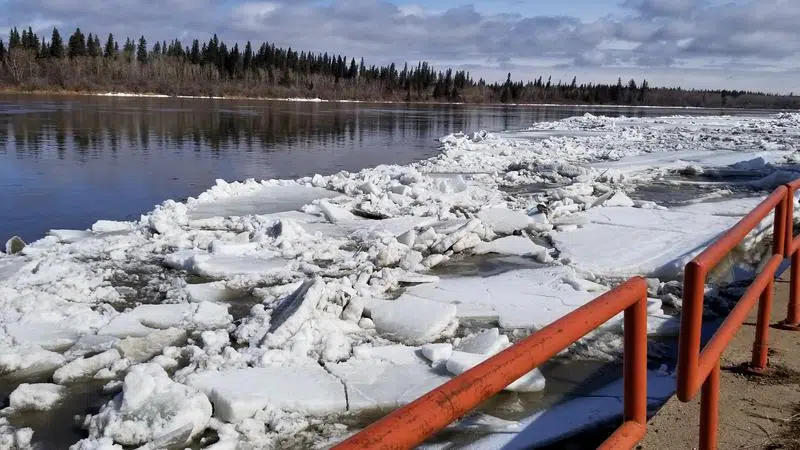
City hires consultant to update flood plain mapping
The City of Prince Albert has contracted an engineering firm to provide an updated map of the city’s flood plain area ahead of another review of provincial flood plain regulations.
City council has contracted Stantec Engineering to provide updated flood plain mapping for the city at a cost of about $120,000. The city has already been approved to receive $60,000 toward the cost of the mapping from the National Disaster Mitigation Program.
A report from city administration says the city will also look into other sources of funding for the project, including grants. Once the mapping is done, city council will then be asked to formally reconsider a number of policies related to the province’s proposed one-in-500-year flood plain planning.


